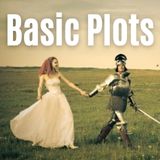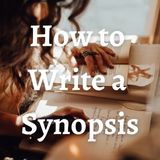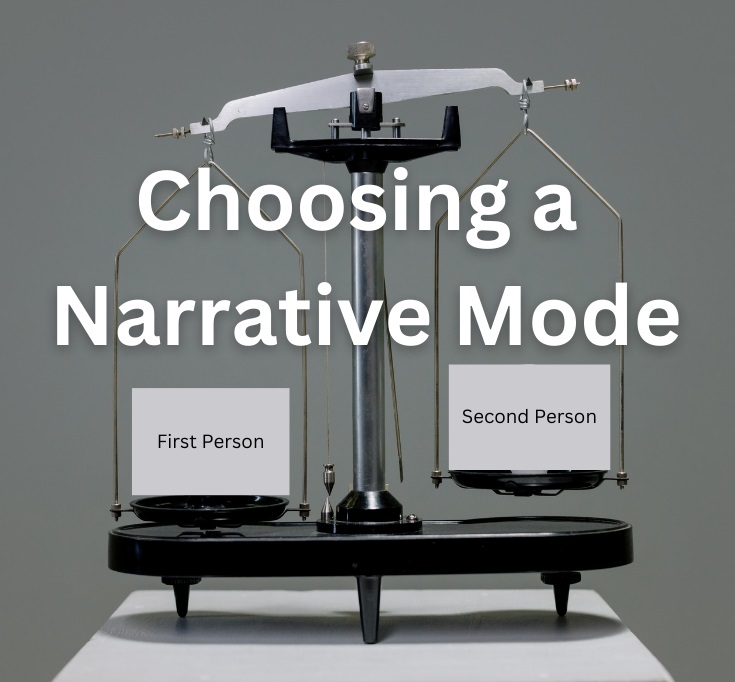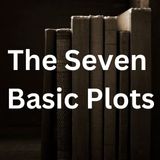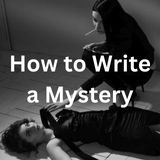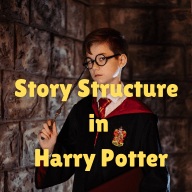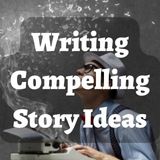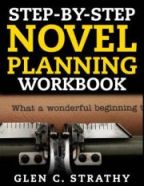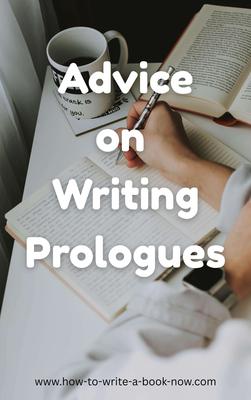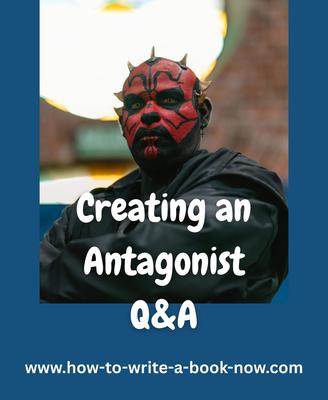The Snowflake Method of Plotting Stories
by Anonymous
(St. Louis, MO)
Question: Hey I was wondering your opinion on the snowflake method of plotting stories and what it entails?
Answer: The snowflake method is essentially a brainstorming technique that has you start with a basic story idea and then add increasing amounts of detail to it in a series of stages until you have a complete outline.
Unlike with Dramatica, there is no underlying theory of how stories work or what a story structure should look like, other than the writer's own sense of what feels right as one moves to increasing levels of detail.
However, if theory is not your thing, you may appreciate how this approach invites you to make freely whatever choices you want, with no criteria to indicate which answers might be better or worse. All you have to worry about is making sure your choices don't contradict each other. (Whether they are constitute a sound story structure is not something the method worries about.)
A similar method is Melanie Anne Phillips's Storyweaver, which is a software program that gets you to start with a little idea and gradually build a story in layers with no direct reference to theory.
The only drawback to either of these methods is that they attempt to impose some structure on the brainstorming process. They ask you to make creative choices in a certain order, which may not be the order you want to do them. You may want to follow your own path when brainstorming.
(My other criticism of Randy Ingermanson, who writes about the snowflake method, is that he recommends you
An alternative approach (also suggested by Melanie) is to take your initial idea and brainstorm a list of questions about it. Any questions will do.
Next, for each question, brainstorm a list of possible answers.
Choose the answers you like, and then rewrite the original idea incorporating the new material you've developed.
Repeat this process a number of times until you have a lengthy outline.
Regardless which method of brainstorming you choose, at some point it is helpful to apply story theory to what you have created, to make sure the story hangs together and is complete. You can do this at the outline stage (if you are a plotter) or even after writing the first draft (if you are more of a pantser).
You'll also know of the structure is sound if the story engages your beta readers emotionally and intellectually, if readers want to finish reading it, and if they feel satisfied in the end that they got something out of reading the book, that it was worth the time spent on it.
If they say the story lagged or was boring at times, that can indicate weak structure.
- Home
- Plot Questions
- The Snowflake Method of Plotting Stories

